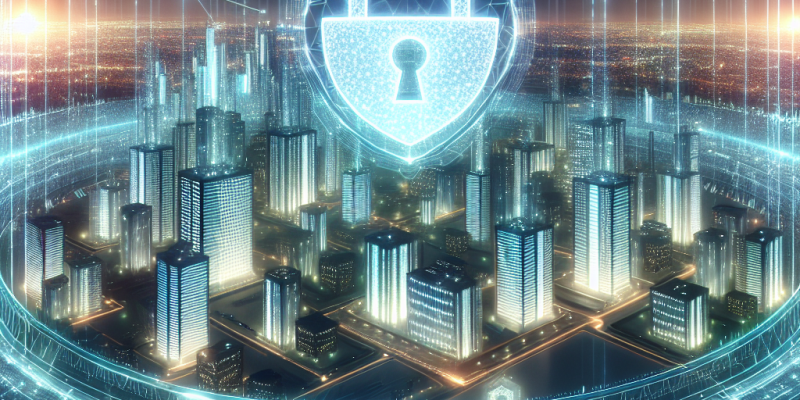Endpoint Security Beyond the Perimeter: A 2025 Perspective

As we move into 2025, the landscape of cybersecurity is rapidly evolving. Traditional security measures, which focused primarily on protecting the network perimeter, are no longer sufficient. With the rise of remote work, cloud computing, and the Internet of Things (IoT), endpoint security has become a critical component of a comprehensive cybersecurity strategy.
Understanding Endpoint Security
Endpoint security refers to the protection of endpoints on a network, such as laptops, desktops, smartphones, and tablets. These devices serve as points of access to an organization’s network and can be vulnerable to various threats, including malware, ransomware, and phishing attacks. Ensuring their security is essential for protecting sensitive data and maintaining business continuity.
The Shift to a Holistic Approach
In 2025, the approach to endpoint security has shifted from a narrow focus on the perimeter to a more holistic perspective. This change is driven by several factors:
-
Remote Work: The COVID-19 pandemic accelerated the trend of remote work. With employees accessing company networks from various locations, including their homes, organizations must ensure that security measures extend beyond traditional office environments.
-
Cloud Services: Many businesses have migrated to cloud services, which provide flexibility but also introduce new vulnerabilities. Effective endpoint security must consider how cloud applications can be accessed and secured from various devices.
-
Mobile Devices: The increasing use of mobile devices in the workplace has added complexity to security protocols. Organizations must protect data accessed via smartphones and tablets, as they often lack the same security measures as traditional endpoints.
Key Strategies for 2025
To adapt to these changes, organizations need to implement several updated strategies for endpoint security:
1. Zero Trust Architecture
The Zero Trust model is based on the principle of “never trust, always verify.” In this architecture, every request for access to resources is thoroughly authenticated and authorized, regardless of whether the request comes from inside or outside the network. This approach minimizes the risk of insider attacks and reduces the chances of breaches due to compromised credentials.
2. Advanced Threat Detection
In 2025, organizations are leveraging artificial intelligence (AI) and machine learning (ML) to enhance threat detection. These technologies can analyze vast amounts of data in real-time to identify unusual patterns, detect anomalies, and respond to potential threats automatically. This proactive approach helps organizations react swiftly to incidents before they escalate.
3. Comprehensive Endpoint Management
Effective endpoint security requires a unified management system that provides visibility across all devices. Organizations are investing in Endpoint Detection and Response (EDR) solutions that monitor endpoints continuously and can automate responses to threats. Regular updates and patch management are also crucial for keeping all software secure.
4. Employee Training and Awareness
People are often the weakest link in security. In 2025, organizations are recognizing the importance of training employees about cybersecurity threats. Regular training sessions and awareness programs help employees recognize phishing attempts and understand safe online practices, reducing the risk of human error.
5. Integration of Security Tools
Integration between security tools is more crucial than ever. Organizations are adopting Security Information and Event Management (SIEM) systems that consolidate data from various security solutions, providing a comprehensive view of the security landscape. This integration ensures that security teams can respond quickly and efficiently to emerging threats.
Conclusion
As we look ahead to 2025, the importance of endpoint security beyond the perimeter cannot be overstated. With rising threats and a constantly changing digital landscape, organizations must adopt a forward-thinking approach to safeguard their networks. By embracing a holistic view of endpoint security that incorporates advanced technologies, effective training, and integrated tools, businesses can stay one step ahead of cybercriminals and protect their valuable assets.
In this new era of cybersecurity, being proactive is not just an option; it’s a necessity.














